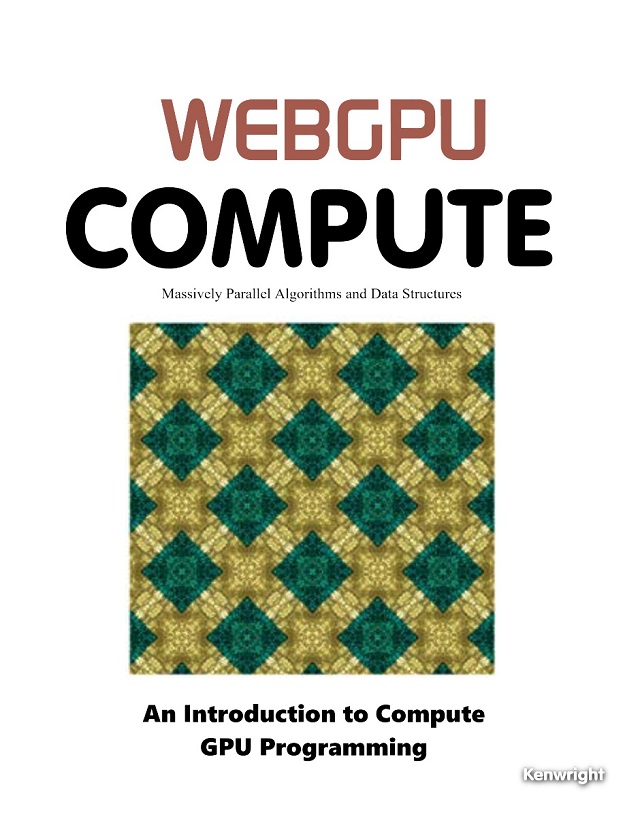Fractal Brownian Motion (fBm) Noise
Fractal Brownian Motion (fBm) is a method for generating natural-looking noise by combining multiple layers ("octaves") of noise at different frequencies and amplitudes.
To help you understand what and how fBm works - I've put together a couple of interactive visualizations that show how the concept works - the following lets you adjust the number of octabes, frequencies and amplitudes in real-time using sliders - and you can see the final generated noise (both in 1d and in 2d).
Parameters
- Octaves: Number of noise layers combined. More octaves create more detail.
- Lacunarity: Frequency multiplier between octaves (how much detail is added at each step).
- Gain/Persistence: Amplitude multiplier between octaves (how much each layer contributes to the result).
Each octave is a noise function with higher frequency (determined by lacunarity) and lower amplitude (determined by gain) than the previous one. When summed together, these create complex, fractal-like patterns that resemble natural phenomena like terrain, clouds, or textures.
1D (Height) Fractal Brownian Motion (fBM) - Layered Noise Visualization
Each color shows a different octave (layer). Final white line is the combined fBM.
2D (Slide) Fractal Brownian Motion Noise Visualization

























|